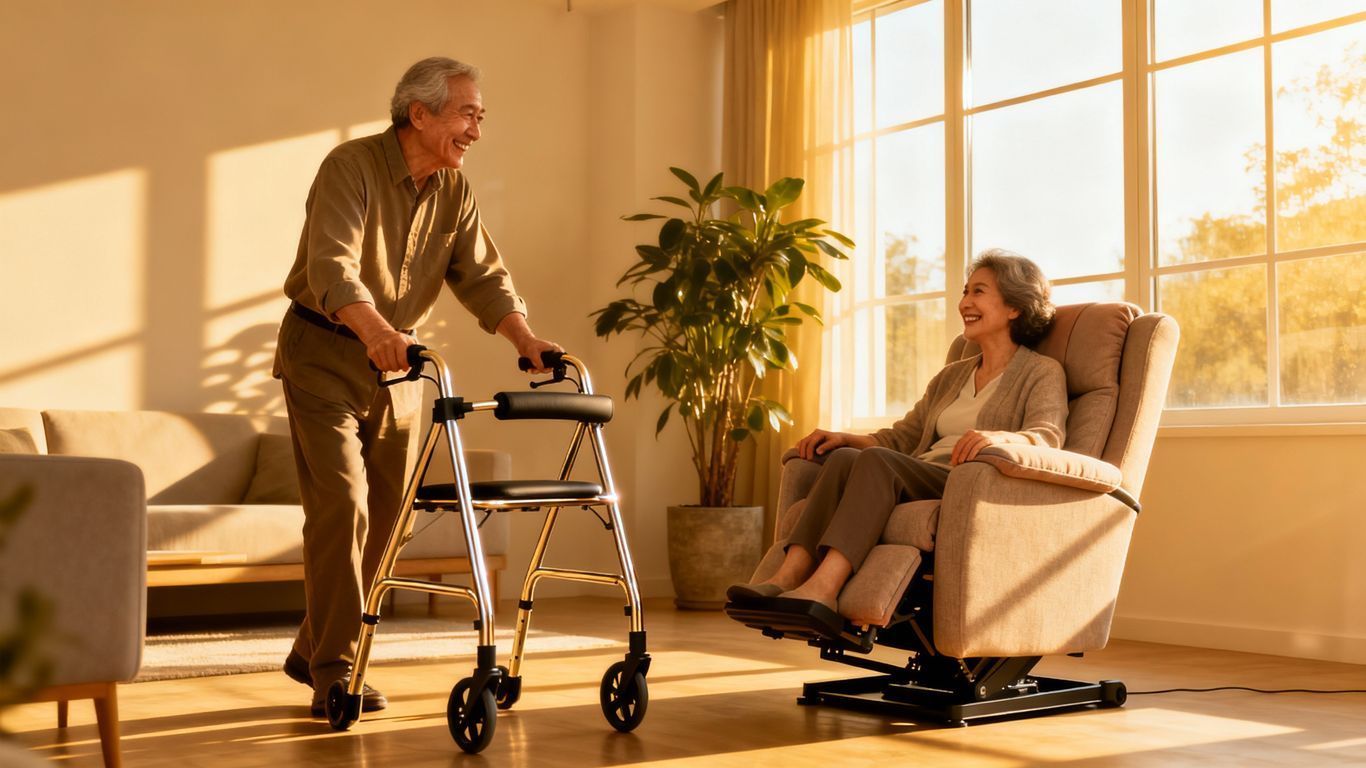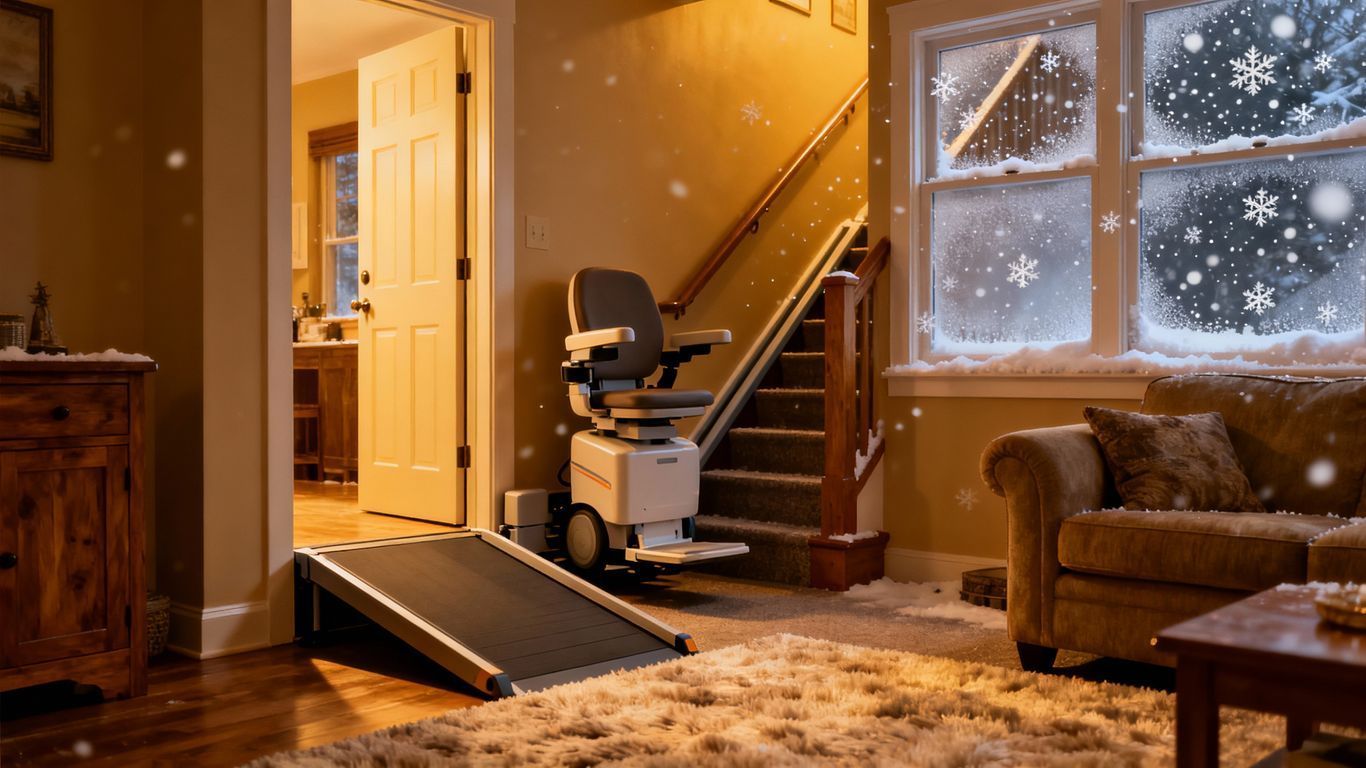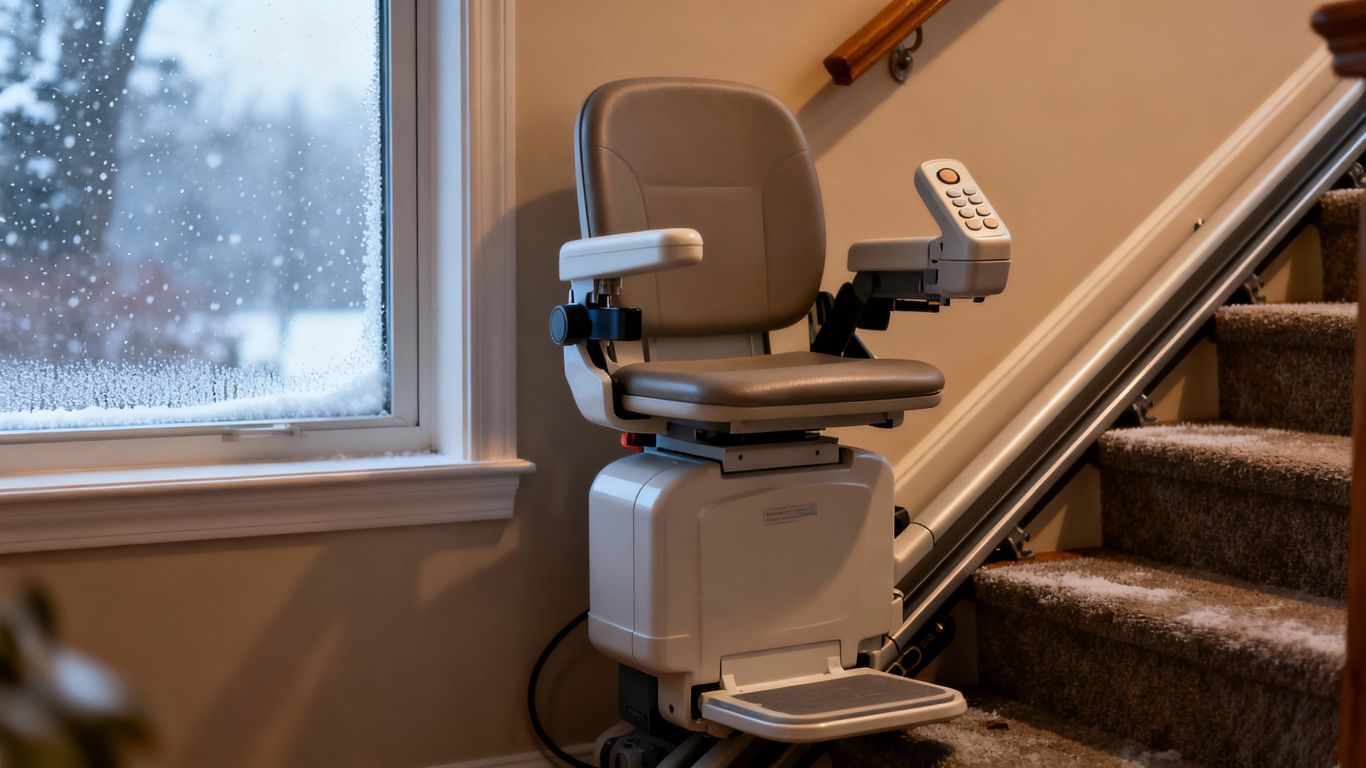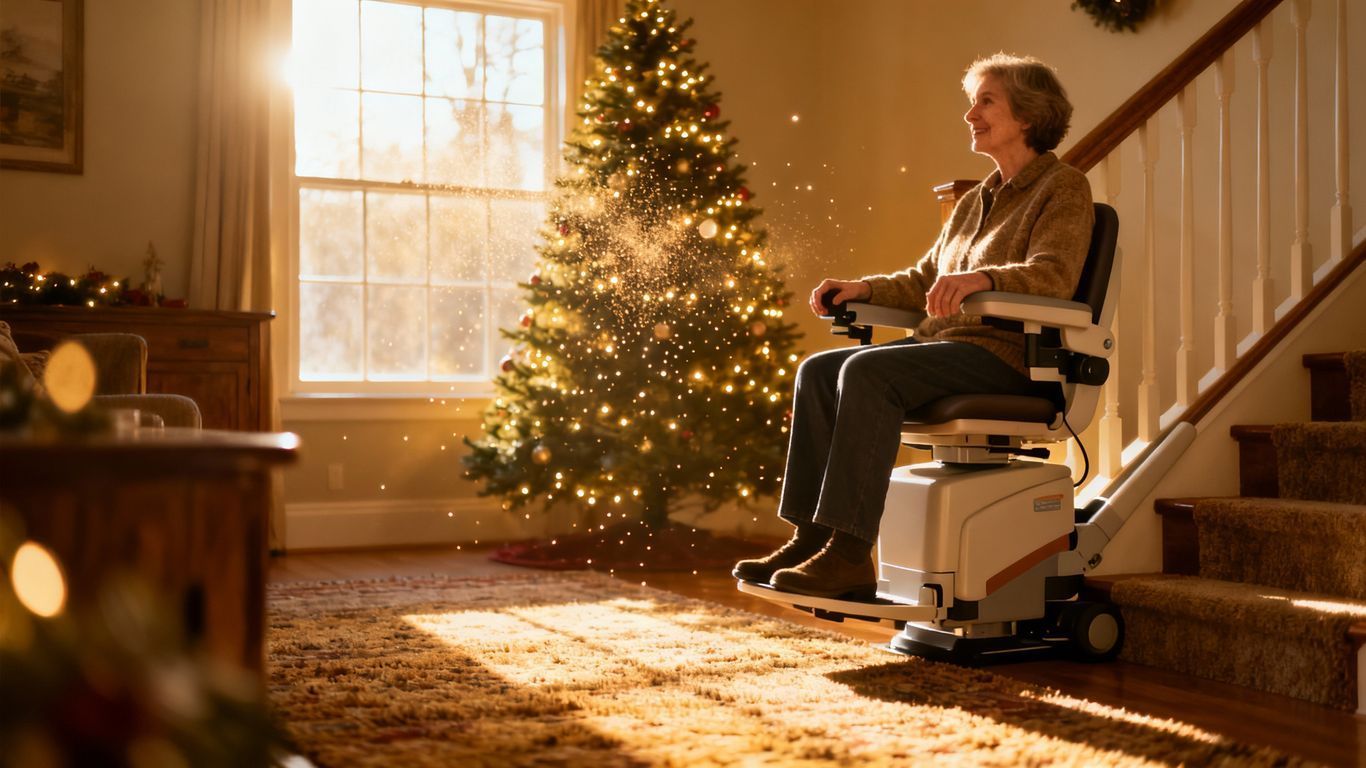Should You Buy or Rent a Wheelchair-Accessible Van in North Georgia for Holiday Travel?
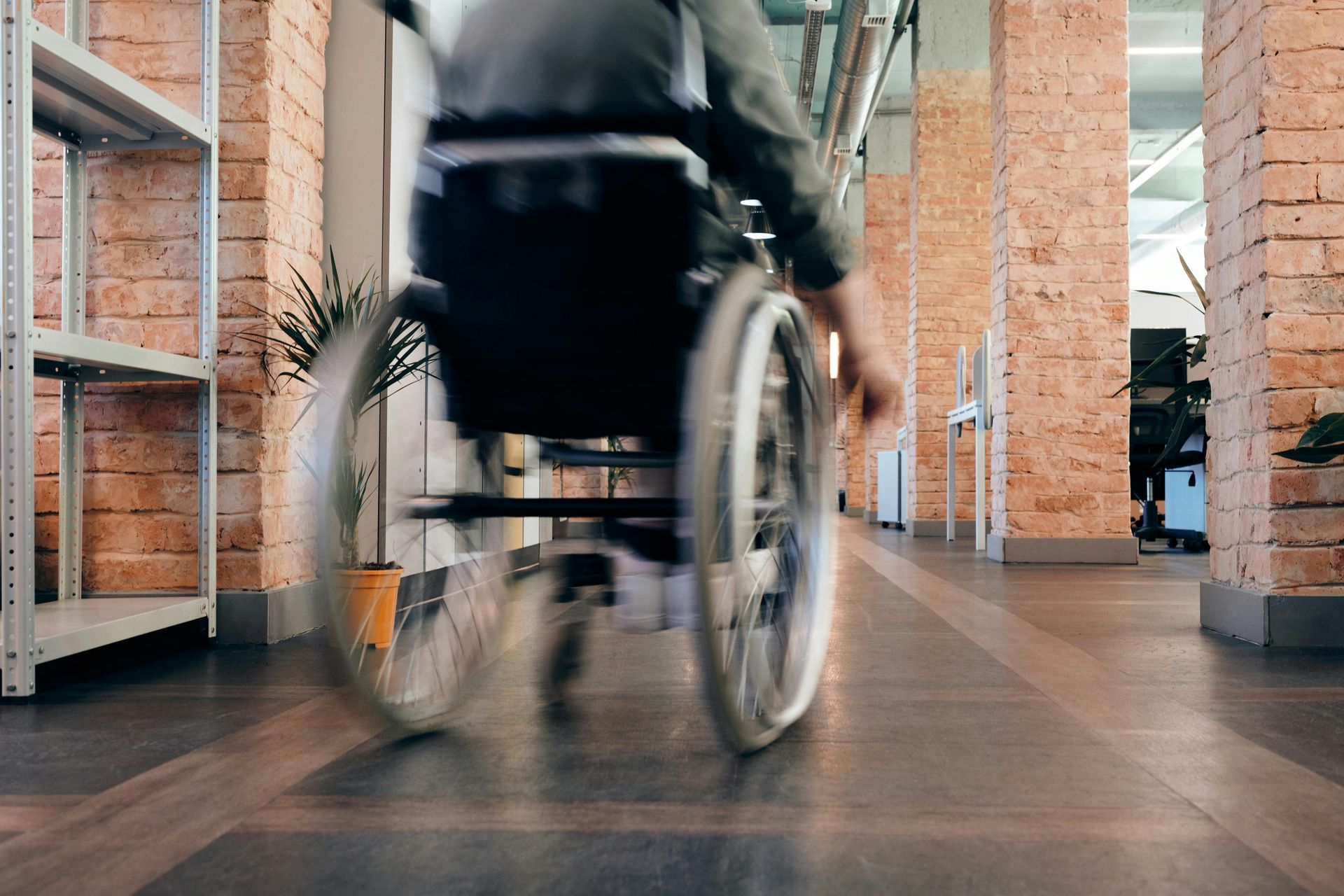
So, you're thinking about a holiday trip to North Georgia, and you need a wheelchair-accessible van. That's a big decision, right? Like, do you just rent one for the holidays, or is it better to actually buy one? It's not a simple yes or no answer. We're going to look at all the stuff you need to think about to make the best choice for your holiday travel wheelchair van Georgia needs.
Key Takeaways
- Figure out how long you'll need the van and how often you'll use it.
- Think about all the costs involved, whether you rent or buy.
- Renting gives you more freedom, but owning means it's always there.
- North Georgia roads can be tricky, so plan your routes.
- Your personal situation really matters when making this choice.
Assessing Your Holiday Travel Wheelchair Van Georgia Needs
Before you even start looking at vans, it's super important to figure out exactly what you need for your holiday trip in North Georgia. Don't just jump into renting or buying without thinking it through! It's like planning any other trip – the more prepared you are, the smoother it will go.
Determining Trip Duration and Frequency
First off, how long will you be traveling? Is it just a quick weekend getaway, or are you planning a longer stay over the holidays? Also, how often do you anticipate needing a wheelchair van? Is this a one-time thing for this holiday season, or will you need it for future trips too? The length and frequency of your trips will heavily influence whether renting or buying makes more sense. If it's just a short trip, renting is probably the way to go. But if you're planning multiple trips throughout the year, buying might be more cost-effective in the long run.
Evaluating Passenger and Equipment Requirements
Think about who will be traveling with you. How many passengers need to be accommodated? Do you need space for family members, caregivers, or friends? And what about equipment? Will you need to transport a wheelchair, scooter, or other mobility devices? Make sure to consider the size and weight of the equipment to ensure it fits comfortably and safely in the van. You don't want to be crammed in like sardines! MobilityWorks provides wheelchair accessible van rentals, allowing customers to choose a vehicle that suits their needs.
Considering Accessibility Features for Holiday Travel
What specific accessibility features are essential for your comfort and safety? Do you need a ramp or a lift? What about hand controls or other adaptive equipment? Think about the terrain you'll be encountering in North Georgia. Will you be dealing with steep hills or uneven surfaces? Make sure the van you choose has the necessary features to handle the challenges of holiday travel.
It's easy to get caught up in the excitement of planning a holiday trip, but don't overlook the practical aspects of accessibility. Taking the time to assess your needs upfront will save you a lot of headaches down the road. Consider things like door width, interior space, and ease of maneuverability within the van. These details can make a big difference in your overall travel experience.
The Financial Implications of Renting a Wheelchair Van in Georgia
Renting a wheelchair van for holiday travel in Georgia can seem like a straightforward solution, but it's important to really understand all the costs involved. It's not just the daily or weekly rental fee you need to consider. Let's break down the financial side of renting so you can make an informed decision.
Understanding Rental Costs and Fees
The base rental cost is just the beginning. You'll typically encounter a daily or weekly rate, which can vary widely depending on the van model, the rental company, and the time of year. Holiday periods are almost always more expensive. Beyond the base rate, look out for these potential fees:
- Mileage charges: Some rentals have limited mileage, and you'll pay extra for each mile over the limit.
- Additional driver fees: If someone else will be driving, they might need to be added to the rental agreement for an extra charge.
- Cleaning fees: If the van isn't returned in the same condition, you could be charged a cleaning fee.
- Late return fees: Returning the van even a little late can result in hefty charges.
Comparing Short-Term vs. Long-Term Rental Savings
Whether renting for a short trip or an extended holiday stay, the cost structure changes. Short-term rentals (a few days) are usually more expensive per day than longer rentals (a week or more). If you're planning a trip longer than a week, look into weekly or monthly rates, as they can offer significant savings. However, be sure to compare the total cost, including all potential fees, for both short-term and long-term options to see which is truly more economical for your specific travel duration. It's also worth checking if any discounts are available for longer rental periods.
Budgeting for Insurance and Fuel During Holiday Travel
Don't forget about insurance and fuel! Rental companies will offer you insurance, and while you might be covered by your own auto policy, it's worth checking the details. The rental company's insurance can add a significant daily cost. Fuel is another big factor, especially with Georgia's diverse terrain. Wheelchair vans tend to have lower fuel efficiency, so plan your routes carefully and budget accordingly.
Remember to factor in potential toll roads, especially if you're traveling around the Atlanta metro area. These can add up quickly and impact your overall travel budget. Also, consider the cost of parking, as accessible parking spots in popular tourist areas might be limited and expensive.
The Financial Implications of Buying a Wheelchair Van in Georgia
Analyzing Upfront Purchase Prices
Buying a wheelchair van is a big investment. The initial price can be quite high, especially for new models with all the latest accessibility features. Used vans are an option, but you'll want to carefully inspect them or have them inspected by a mechanic who knows about wheelchair-accessible vehicles. Conversion costs also add to the price. These conversions can include things like ramps, lifts, and modified interiors. Consider the source of the conversion – a reputable company will likely charge more but offer better quality and safety.
Factoring in Maintenance and Repair Costs
Owning a vehicle always comes with maintenance, and wheelchair vans are no exception. Because of the specialized equipment, repairs can be more expensive than for a standard van. Regular maintenance is key to keeping everything running smoothly. This includes:
- Oil changes
- Tire rotations
- Lift/ramp inspections
- Brake checks
Don't forget to budget for unexpected repairs. Things break down, and it's better to be prepared than caught off guard. A good emergency fund can save you a lot of stress.
Exploring Financing Options and Resale Value
Most people don't pay cash for a wheelchair van, so exploring financing options is important. Look into loans from banks, credit unions, and specialized lenders. Interest rates and terms can vary, so shop around to find the best deal. Also, think about the van's resale value. Wheelchair vans can hold their value relatively well, but it depends on the condition, mileage, and demand. Keep good records of maintenance and repairs to help maintain its value. When you're ready to sell, consider these points:
- Research similar vans for sale to price yours competitively.
- Highlight the accessibility features and any upgrades.
- Be prepared to negotiate with potential buyers.
Advantages of Renting for Holiday Travel Wheelchair Van Georgia
Renting a wheelchair van for holiday travel in North Georgia can be a smart move. It really depends on your specific situation, but there are some clear advantages to consider before you commit to buying.
Flexibility for Varying Travel Plans
One of the biggest perks of renting is the flexibility it gives you. Holiday plans can change quickly. Maybe you decide to extend your stay, or perhaps you need to cancel at the last minute. Renting usually offers more wiggle room than owning. You're not stuck with a vehicle you're not using. Plus, if your accessibility needs change from one trip to the next, you can choose a different van that better suits your requirements. This is especially useful if you sometimes travel alone and sometimes with a larger group.
Access to Newer Models and Technology
When you rent, you often get access to newer wheelchair van models. These vans might have the latest accessibility features and technology. Think about things like advanced safety systems, more comfortable seating, or updated lift mechanisms. This can make your holiday travel experience much more enjoyable and safer. You get to try out these features without the long-term commitment of buying a new van. It's like test-driving the future of accessible travel!
Avoiding Long-Term Ownership Responsibilities
Owning a wheelchair van comes with a lot of responsibilities. You have to worry about maintenance, repairs, insurance, and depreciation. These costs can add up quickly. Renting lets you avoid all of that. You simply return the van when you're done, and you don't have to think about it again until your next trip. It's a hassle-free way to get the accessible transportation you need for your holiday travels. Plus, you can find an Accessibility Center that can help you with rentals.
Renting a wheelchair van for holiday travel in North Georgia can be a practical solution for many people. It offers flexibility, access to newer models, and freedom from the responsibilities of ownership. Consider your travel needs and budget to determine if renting is the right choice for you.
Benefits of Owning a Wheelchair Van for Georgia Trips
Guaranteed Availability and Familiarity
Owning a wheelchair van means it's always there when you need it. No more stressing about rental availability, especially during peak holiday seasons. You know exactly how everything works, from the lift operation to the seat adjustments. It's your van, set up your way, ready to go whenever you are. This is a big deal when you're trying to plan a trip and don't want any surprises.
Customization for Personal Needs
One of the biggest advantages of owning a wheelchair van is the ability to customize it to your exact needs. You can install specific adaptive equipment, choose the perfect seating arrangement, and even add entertainment systems to make long drives more comfortable.
Here are some common customization options:
- Hand controls
- Specialized tie-down systems
- Adjustable climate control
Potential for Cost Savings Over Many Years
While the initial investment is higher, owning a wheelchair van can save you money in the long run. Think about it: no more rental fees, no more insurance add-ons for rentals, and you can spread the cost of ownership over many years. Plus, you build equity in an asset that you can eventually sell.
Over time, the cumulative cost of renting a wheelchair van for multiple trips can easily exceed the cost of purchasing one. If you frequently travel within Georgia, owning a van might be the more economical choice.
Navigating North Georgia Roads with a Wheelchair Van
Understanding Terrain and Accessibility Challenges
North Georgia is beautiful, but it's not always the easiest place to get around, especially in a wheelchair van. The mountains mean lots of hills, and some roads can be pretty narrow and winding. This can make driving a larger vehicle like a wheelchair van a bit tricky. Also, not every town or attraction is fully accessible. It's important to be aware of these challenges before you head out.
- Steep inclines can strain your van's engine.
- Narrow roads might require careful maneuvering.
- Limited accessible parking in some areas.
Planning Routes for Optimal Comfort
Planning is key! Don't just rely on your GPS. Take some time to map out your route, looking for the most accessible roads and rest stops. Check online reviews and forums for tips from other wheelchair van users. A little research can save you a lot of hassle and make your trip much more enjoyable. Consider the ideal mobility solution for your trip.
- Use online mapping tools to preview routes.
- Call ahead to attractions to confirm accessibility.
- Factor in extra time for potential delays.
Locating Accessible Parking and Amenities
Finding accessible parking can sometimes feel like a treasure hunt. Before you go, try to identify accessible parking spots near your destinations. Many towns have online resources or apps that can help. Also, think about other amenities you might need, like accessible restrooms and restaurants. Knowing where these are in advance can make your trip much smoother.
It's always a good idea to call ahead to confirm that accessible parking and amenities are available, especially during the busy holiday season. Things can change, and it's better to be safe than sorry. Plus, you can ask about any specific accessibility features they offer.
- Check for accessible parking symbols.
- Look for ramps and elevators at attractions.
- Confirm restroom accessibility before entering a building.
Making the Best Decision for Your Holiday Travel Wheelchair Van Georgia
Weighing Personal Preferences and Lifestyle
Okay, so you've looked at the costs, the pros and cons, and all that jazz. Now it's time to get real about you. What do you actually want? Are you the type who likes having your own stuff, knowing it's always there? Or do you prefer the freedom of just grabbing something when you need it and not worrying about the upkeep? Think about your daily life. Do you use a wheelchair van often, or is it just for special occasions? This isn't just about the holidays; it's about how a wheelchair van fits into your overall lifestyle.
Consulting with Accessibility Experts
Don't be afraid to ask for help! There are people who know a ton about wheelchair vans and accessibility. Talk to folks at mobility equipment dealers, occupational therapists, or even other wheelchair users. They can give you insights you might not have thought of. They can also help you figure out what kind of features you really need versus what's just nice to have. It's like getting a second opinion from a doctor – always a good idea.
Considering Future Travel Needs Beyond the Holidays
Think beyond just this holiday season. Will you need a wheelchair van for future trips, doctor's appointments, or just getting around town? Consider:
- How often you anticipate needing the van in the next few years.
- If your mobility needs might change over time.
- Whether you plan to travel to other areas with different accessibility requirements.
Buying a van is a big commitment, so make sure you're thinking long-term. Renting might seem cheaper now, but if you're constantly renting, the costs can add up. On the other hand, owning a van comes with its own set of responsibilities and expenses. It's a balancing act!
Wrapping Things Up
So, when it comes to getting around North Georgia for the holidays with a wheelchair, there's no single right answer. It really just depends on your situation. If you're only going for a short trip, renting might be the way to go. It's less hassle, and you don't have to worry about upkeep. But if you travel a lot, or if you're thinking about future trips, buying could make more sense in the long run. It's a big decision, for sure. Just think about how often you'll use it, what your budget looks like, and what feels most comfortable for you and your family. Either way, the goal is to have a good time and make some memories without any extra stress.
Frequently Asked Questions
Should I rent or buy a wheelchair-accessible van for my holiday travels in North Georgia?
Deciding whether to rent or buy a wheelchair-accessible van for your North Georgia holiday trip depends on a few things. If you only need it for this one trip or a few short ones each year, renting is probably better. But if you plan to travel a lot, or if you need a van for everyday use, buying might save you money in the long run.
What should I look out for when calculating the cost of renting a wheelchair van?
When renting, make sure you understand all the costs. This includes the basic rental fee, any extra charges for mileage, insurance, and fuel. Ask about hidden fees too, so there are no surprises.
What are the main costs involved if I decide to buy a wheelchair van?
Buying a van means you'll pay a lot upfront. Then there are ongoing costs like maintenance (oil changes, tire rotations), repairs if something breaks, and insurance. Don't forget about how much the van might be worth if you sell it later.
What are the benefits of renting a wheelchair van for holiday travel?
Renting gives you lots of freedom. You can pick a different type of van each time if your needs change, and you don't have to worry about upkeep or selling it later. It's great for people whose travel plans aren't always the same.
Why might owning a wheelchair van be a good idea for Georgia trips?
Owning a van means it's always there when you need it, and you can set it up exactly how you like. Over many years, if you use it a lot, owning can actually be cheaper than always renting.
What should I consider about North Georgia's roads when driving a wheelchair van?
North Georgia has hills and winding roads. When planning your route, think about how easy it will be to drive with a larger van. Also, look up where you can find accessible parking and places to stop for breaks along the way.

